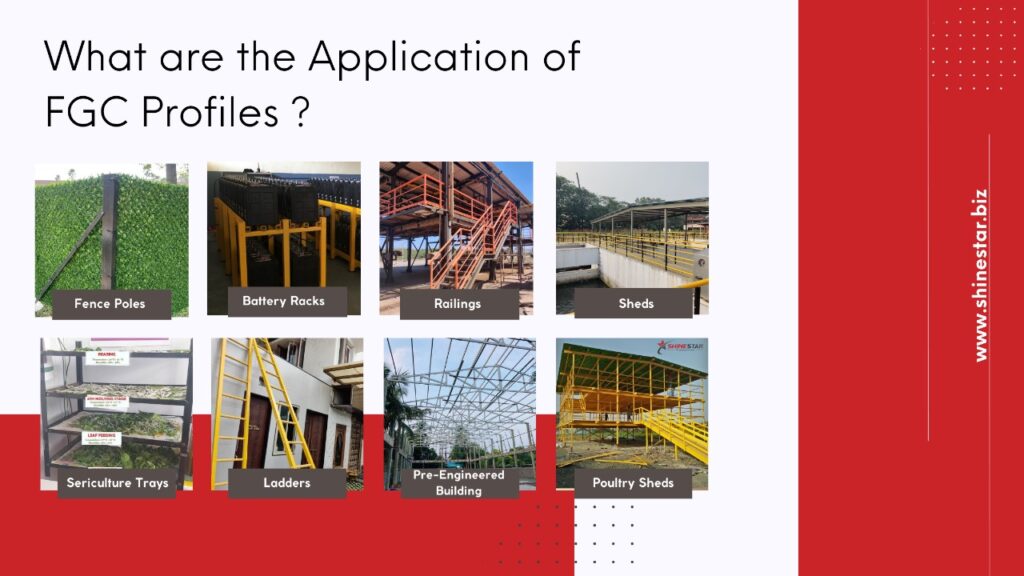Introduction:
Fiberglass composite (FGC) profiles are revolutionizing industries with their remarkable strength-to-weight ratio, corrosion resistance, and design flexibility. When it comes to structural applications, combining different FGC profiles, such as L angles and box sections, presents unique challenges and opportunities. In this blog, we’ll explore innovative methods for joining L angle with box sections in FGC profiles.
Overlap Joint Method:
The Overlap Joint method involves overlapping two FGC profiles and bonding or fastening them together. This technique offers simplicity and versatility, making it suitable for a wide range of applications.
Perpendicular Joint Method:
The Perpendicular Joint method involves joining two FGC profiles at a right angle, creating an L-shaped assembly. This technique is commonly used in applications requiring stability and load-bearing capacity.
Cutout Back Joint Method:
The Cutout Back Joint method involves creating a recess or cutout in one FGC profile to accommodate the other profile, forming a flush joint.
Conclusion:
The Overlap Joint, Perpendicular Joint, and Cutout Back Joint methods represent innovative approaches to joining FGC profiles, each offering unique advantages and challenges. By understanding the characteristics and requirements of each method, engineers and designers can select the most suitable joining technique for their specific application.





Amazing product.